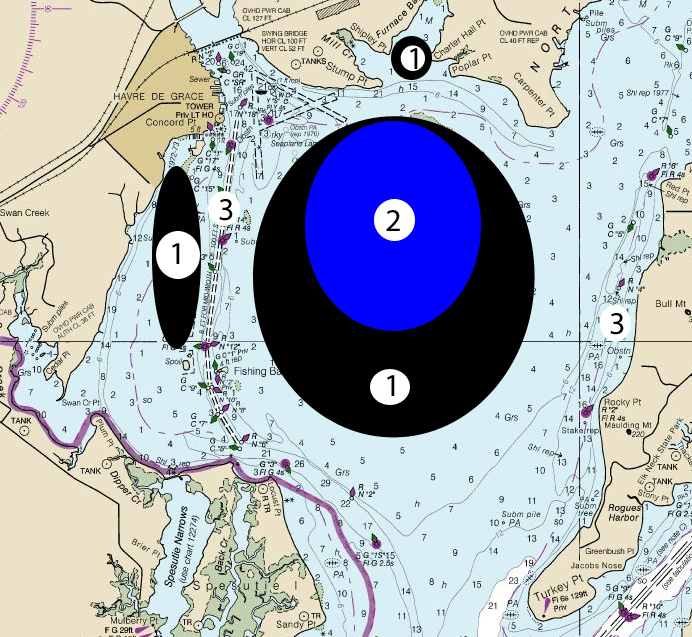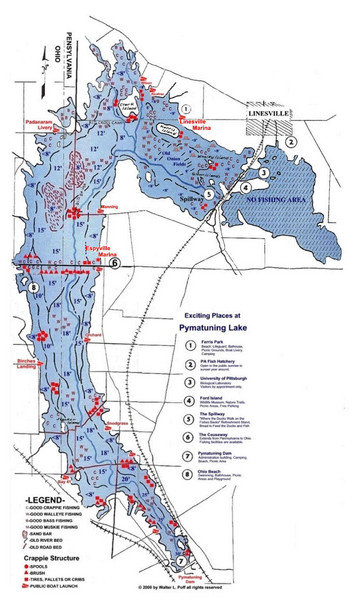

Ocean-run stripers can get huge, with records in some areas in the 80- to 90-pound range. Expose the meat on the shad to get the most attention. They love anchovies and sardines, along with threadfin shad. Stripers are very predatory feeders that hunt mainly for smaller fish. So, now that you know what a striper looks like let’s take a look at how to catch it. Colors can range from copper to steel blue with brass hints, and it has seven or eight horizontal lines along its sides. You’ll know it’s a striper on the end of your line by its coloring and especially its distinctive stripes.

Some areas are so popular that you’ll find the best holes crowded before sunrise. Striper fishing draws the sport fishing crowds. However, the commercial fishery was stopped in 1935 to strengthen the recreational anglers’ access to the fish. Within a decade, stripers had become prevalent enough to support commercial fishing. A few years later, 300 more were planted. Striped bass has been thriving in the waters along California since they were introduced from the East Coast in the 1870’s.Īccording to historical records, 132 fingerlings were introduced to San Francisco Bay. On the West Coast, they travel as far north as the Umpqua River on the central Oregon coast, feeding on anchovies, then head into the bays and river systems to spawn. In the striper world, anadromous fish are the big guys. Fish tacos, anyone?Ĭalifornia’s main areas that hold anadromous stripers are the San Francisco Bay and the Sacramento and San Joaquin River Delta and river systems. Rumor has it they also make pretty good table fare as well. Striped bass are a highly sought-after gamefish, due to their size and their fight. Striped bass fishing in California can be pretty epic.įrom ocean-run stripers to the feisty landlocked variety, California’s got you covered.


 0 kommentar(er)
0 kommentar(er)
